The 2023 Winter School on Frontier and Interdisciplinary Sciences was held from 14th January to 20th January in Yunnan Province. It was organized by the International College and the International Centre for Theoretical Physics-Asia-Pacific, and hosted by Kunming Institute of Zoology, Kunming Institute of Botany and Xishuangbanna Tropical Botanical Garden of CAS. Over 60 students from different institutes of CAS participated in the 6-day activity.
A Journey of Interdisciplinary Sciences
During the winter school, we have invited experts and professors from different fields, including botany, zoology, ecology, microbiology, environmental science, biochemistry and molecular biology, medicinal chemistry, pharmacology, bioinformatics, cell biology and genetics, so as to encourage students to engage in interdisciplinary scientific research and innovative exploration across different disciplines.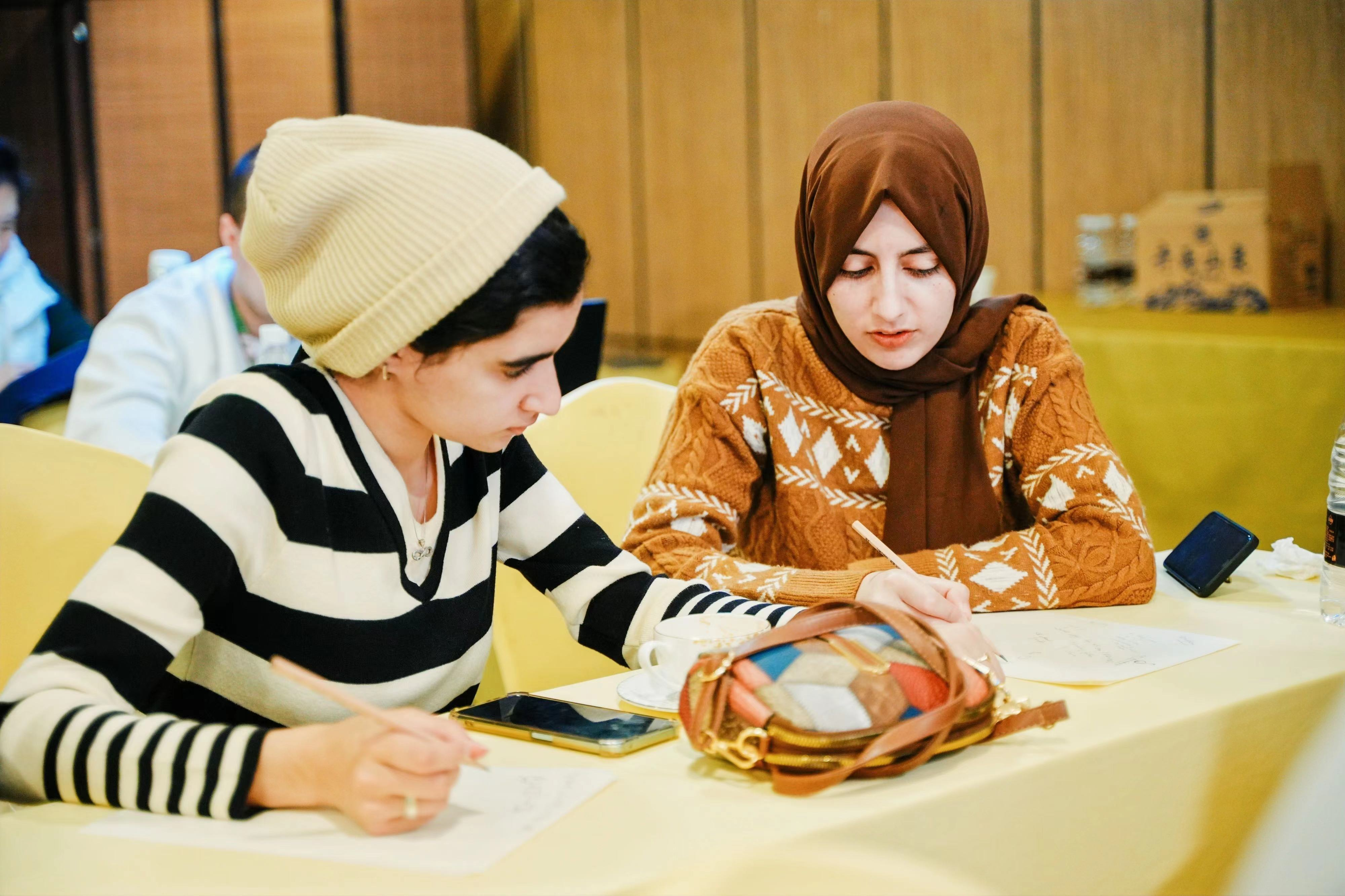
We have also invited a professor from the Foreign Language School of Yunnan University to deliver a report on China’s national condition, enabling a valuable opportunity for international students to have a glimpse of the history, culture, music and development of China.
A Journey of Life
As one of a few areas that have tropical forests at about 20 degrees North latitude, Yunnan province is well-known for its plant diversity. Thanks to its various geographic features, Yunnan is also rich in animal resources.
During this winter school, we have also arranged a field study in Fu Li Palace Greenhouses and Tea Garden at Kunming Institute of Botany, the Kunming Natural History Museum of Zoology and Xishuangbanna Tropical Forest Garden. Students were impressed by the biodiversity of Yunnan and learned a lot about the animal and plant species in those gardens and museums, inspiring them to carry out cross-disciplinary scientific research and value the importance of biodiversity to sustainable development. 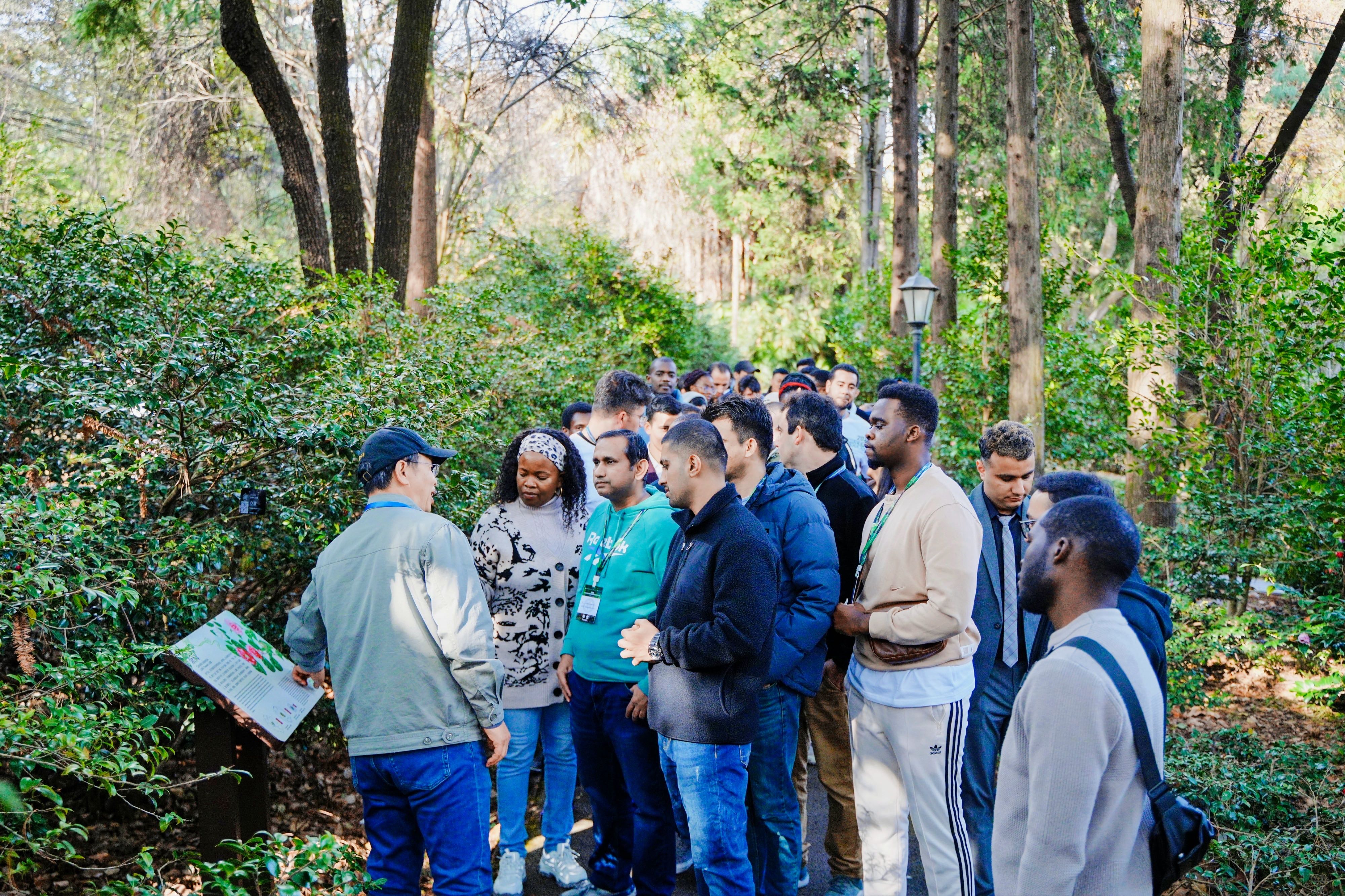
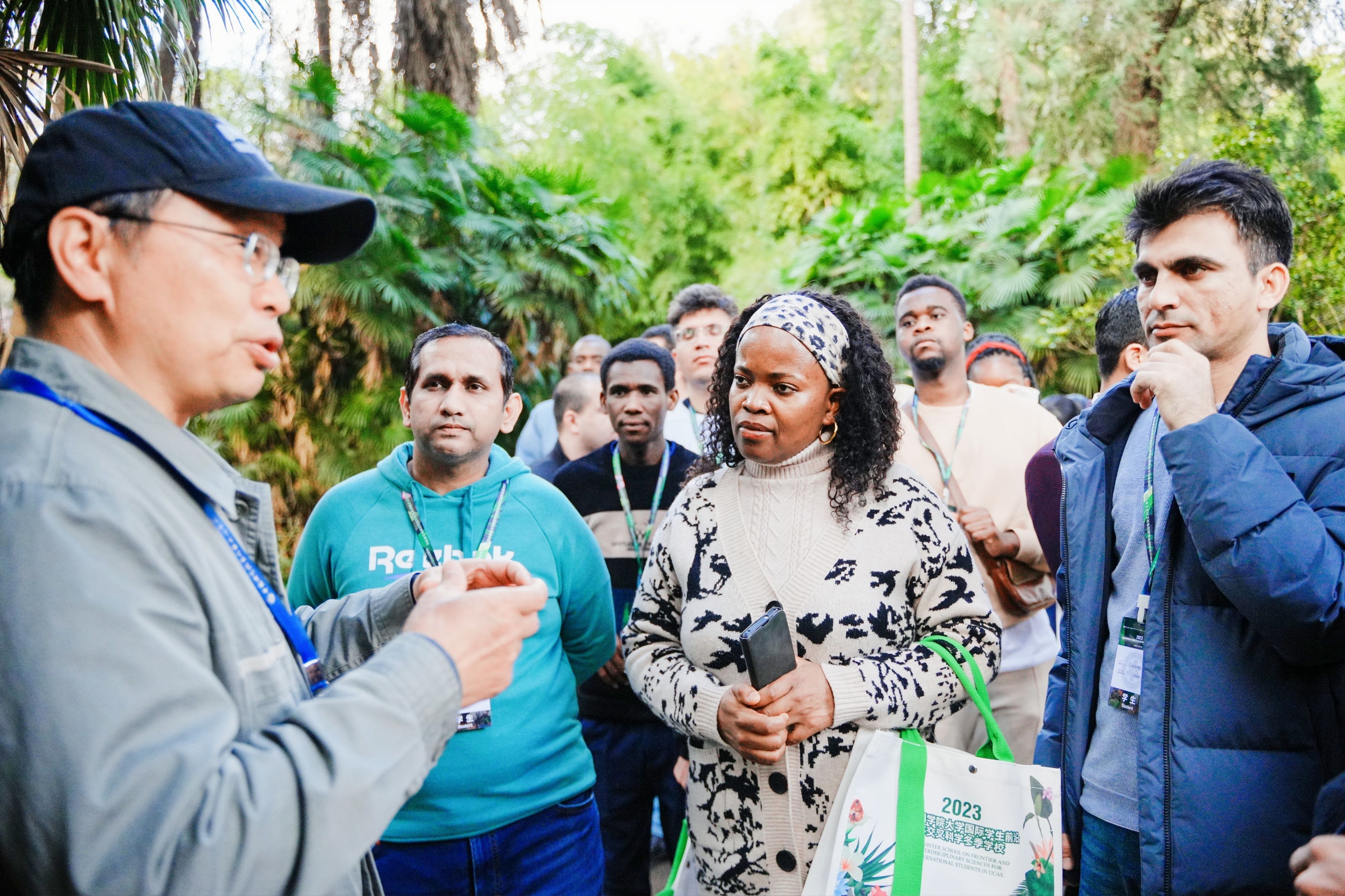
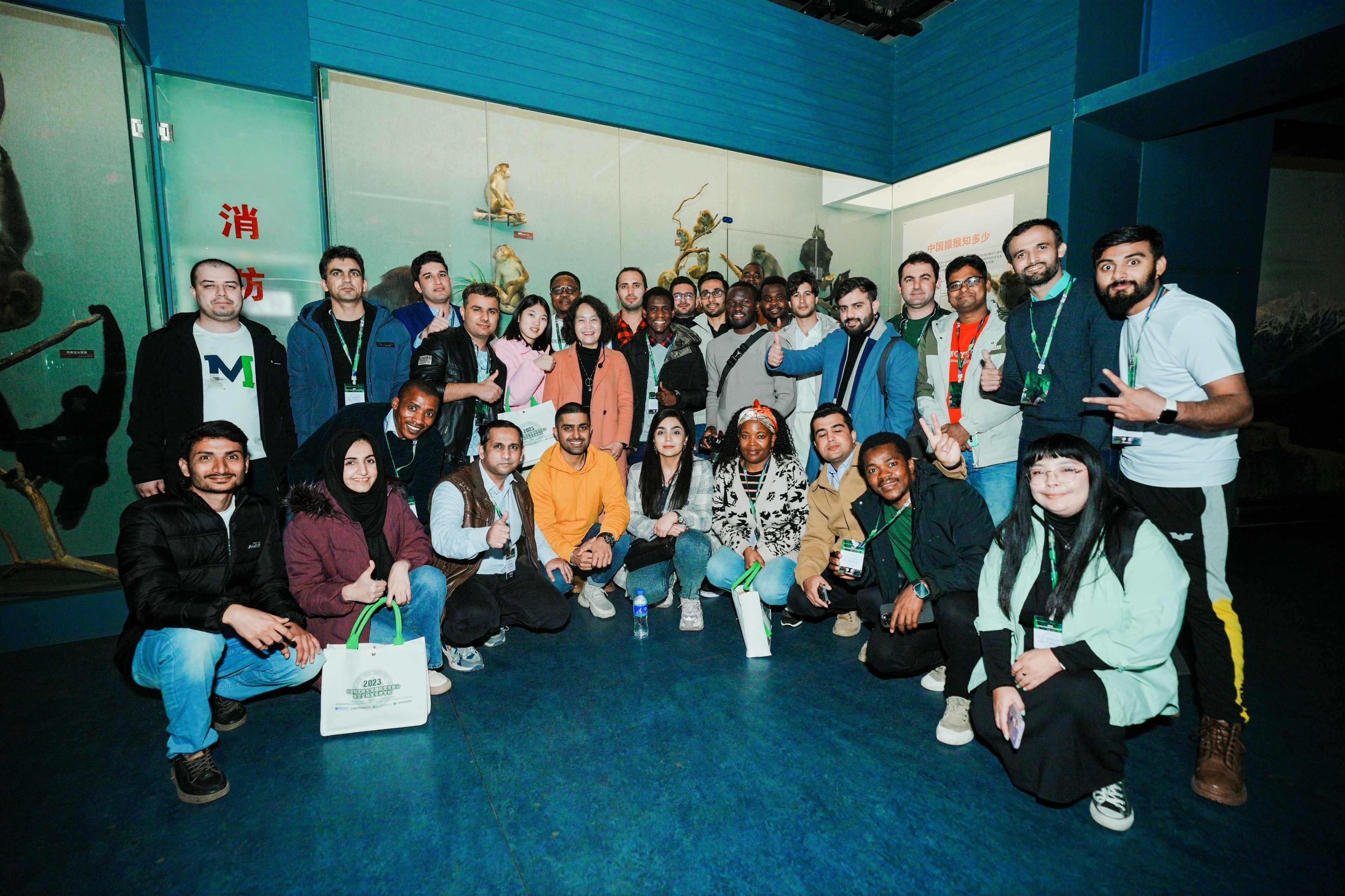
A Journey of Culture
During the 6-day school, we have also brought the international students to the memorial hall of the National Southwest Associated University (SWAU).
Built in Kunming during the War of Resistance against Japanese Aggression, SWAU represented a merger of Peking University, Tsinghua University, and Nankai University as a comprehensive university. Over its eight-year tenure, the university was a gathering place of accomplished masters and renowned scholars, including Chen-Ning Yang and Tsung-Dao Lee.
Walking on the quiet campus, students and teachers travelled back to the time when the students had to read in the tea house and worked hard to strive for the country’s development.
Another meaningful trip took place in a socialist new village--Chengzi Village in Menglun County, Xishuangbanna. Guided by a local villager, we went into the small village, which has about 300 households. The buildings are all traditional Dai-style. Yet, instead of rammed earth and thatch, the buildings are all made of cement and bricks, which are more solid and water-proof.
International students were surprised by China’s rural development and one student from Tajikistan noticed that many households have stuck the photos of President Xi on the walls and asked why.
“That is because the houses used to be decrepit and Chinese government started to help them restore their houses and explore local tourism resources and bring in innovative ways to increase the income of local residents since 2012”, answered Ms Zhang, from ICTP-AP. Then she pointed at the QR-code hung up on the fruit trees grown on the side of the path and explained that visitors can pick the fruit from the tree and pay by scanning the QR-code without talking to the owner. 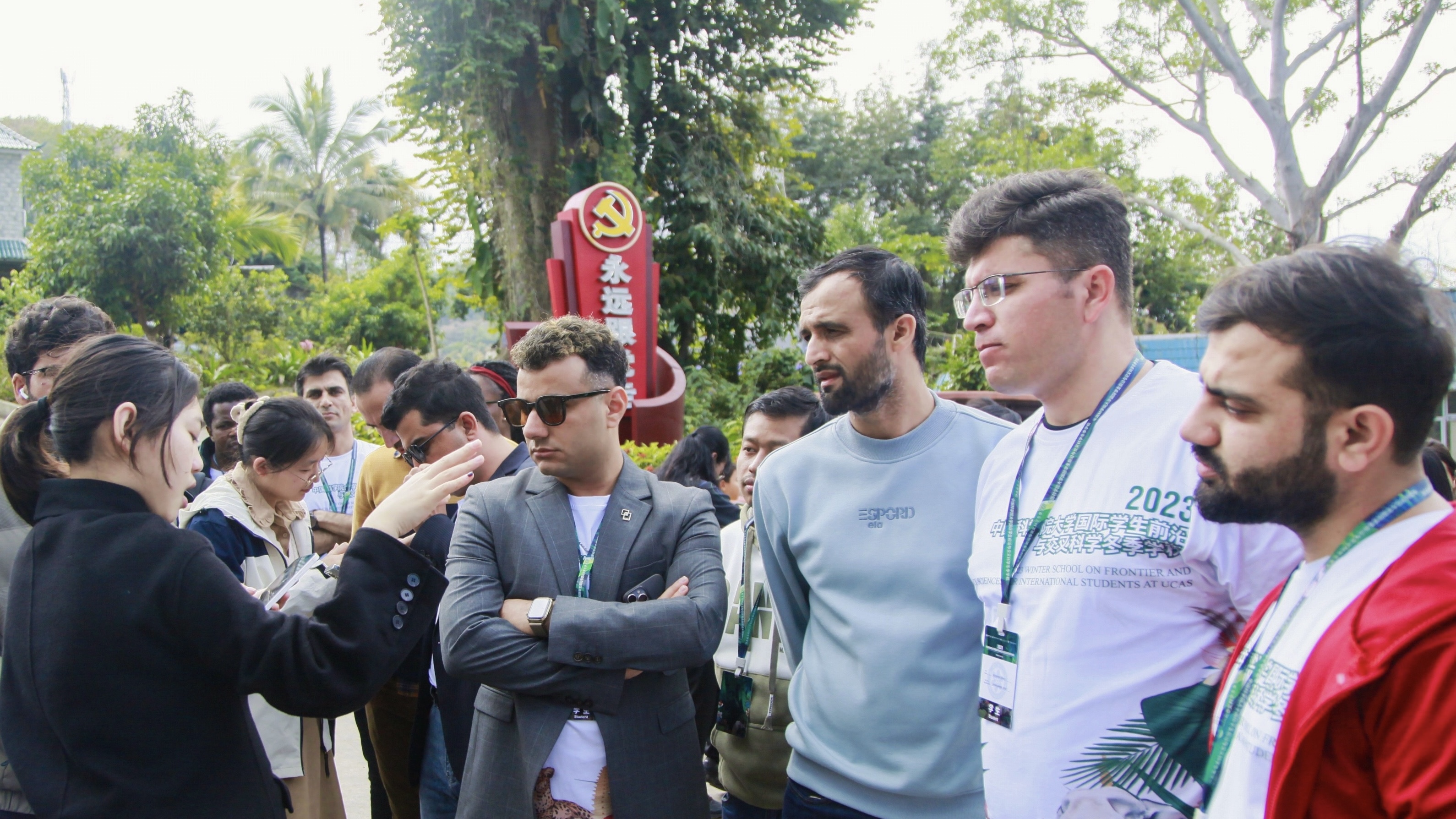
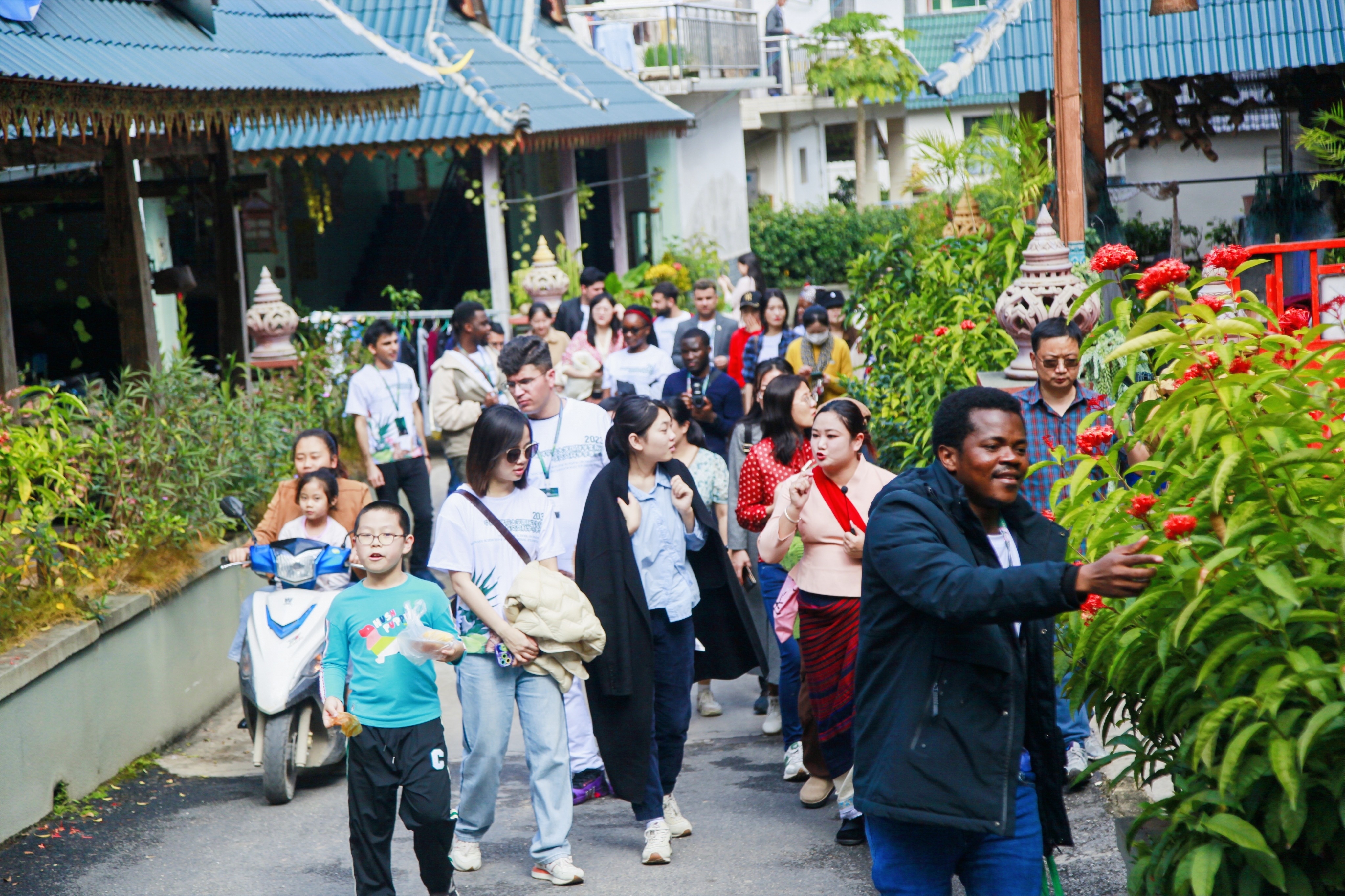
When we came to a local household, we were invited to make local snacks with the Dai people. Students enjoyed themselves and deeply experienced China’s cultural diversity and ethnic harmony and unity.
After the six-day learning and experiencing, the international students have broadened their horizons and strengthened their friendship with students from different institutes. They have also learnt more about China’s national condition and cultural diversity. 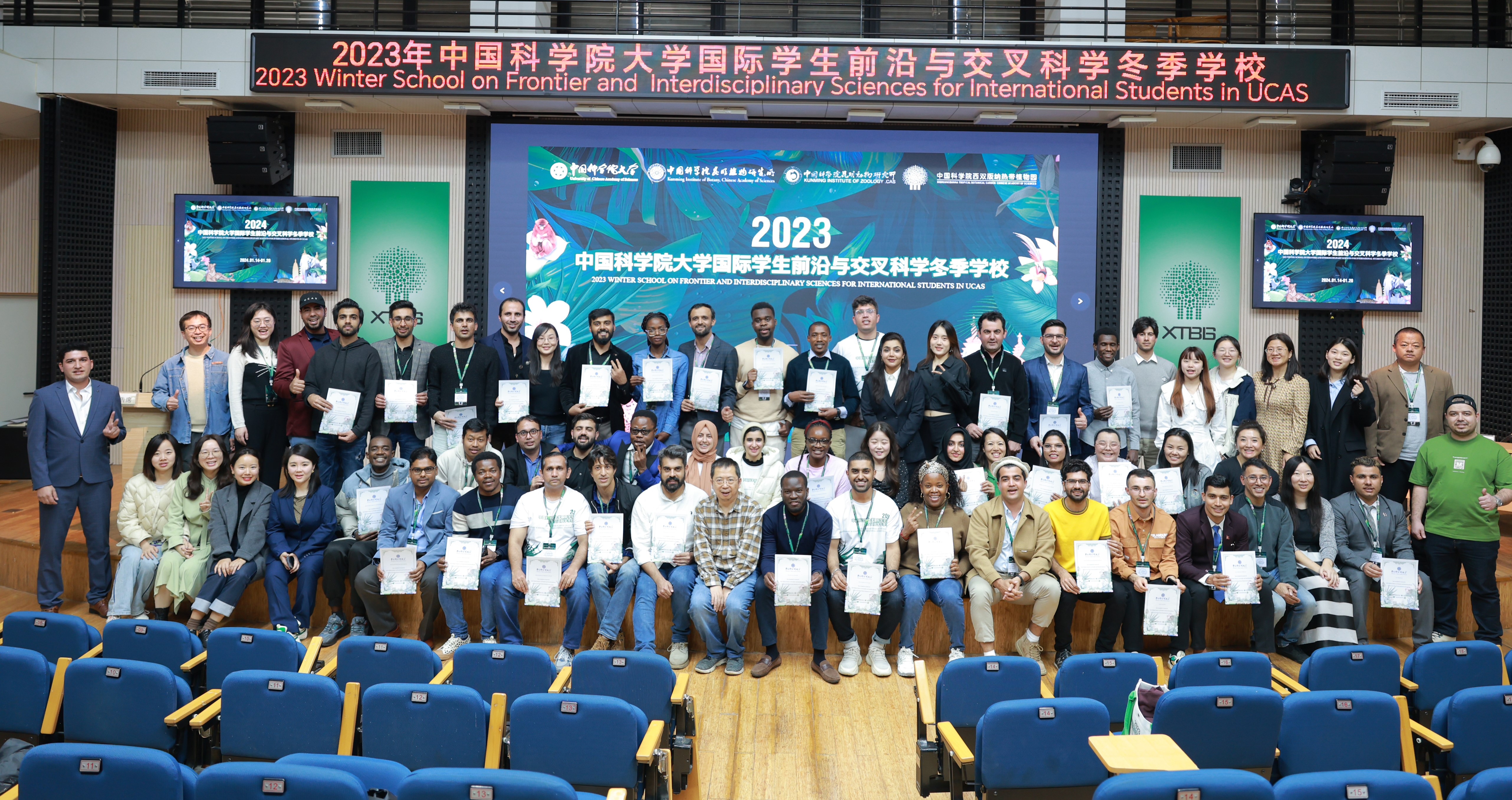




.jpg?x-oss-process=style/news)
